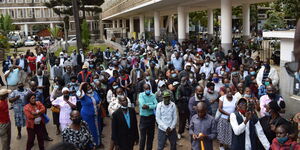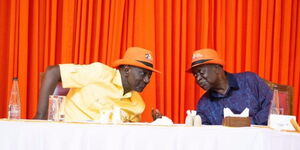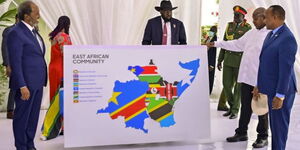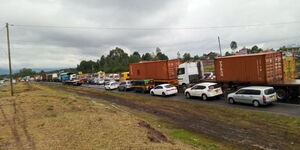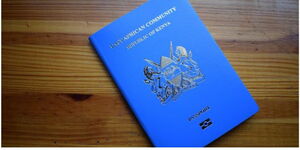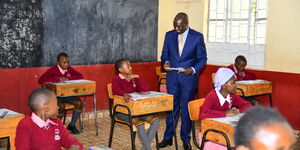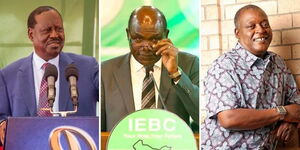In Kenya, there is a special team tasked with formulating policies that determine the amount of money that can be in circulation in the country at any given time.
The Monetary Policy Committee was formed through a Gazette Notice replacing the hitherto Monetary Policy Advisory Committee (MPAC).
Among its members is the Central Bank of Kenya Governor, Patrick Njoroge, who is also the chairperson, Deputy Governor Sheila M'Mbijjewe, and Treasury Principal Secretary, Julius Muia.
Other members of the committee include Margaret Chemengich - who serves as an external member, Jane Mariara, Benson Ateng, Humphrey Munga, David Luusa - who is the Director at Financial markets and Robert Mudida.
The composition of the team, however, changes from time to time and the announcement is made by the CBK governor.
At the moment, Njoroge - who is the chairperson of the Committee - convenes a meeting at least once every two months and will convene an additional meeting if requested in writing by at least four members.
The quorum for meetings of the Committee is five members, one of whom must be the Chairperson or Vice Chairperson. The decisions of the Committee in these meetings are communicated to the public through press releases signed by the chairperson.
The press releases explain what each bank can hold, which further determines what each Kenyan can keep in their pocket.
The daily monetary policy activities are undertaken by the Monetary Policy Management Committee, which meets at least three times a week.
Tools They Use to Determine the Amount of Money Released for Circulation
The committee uses a number of tools created by CBK to counter changes in the market and influence price stability.
Reserve Requirements
This is where financial institutions are expected to keep a specific proportion of their total deposits at the CBK.
This proportion of deposits is called the Cash Reserve Ratio (CRR), and when the Central Bank needs to significantly adjust the amount of money in the market, it can increase or decrease the ratio.
Discount Window Operation
Using this tool, CBK provides secured loans to commercial banks on an overnight basis at a penal rate that is over the CBR. This facility is referred to as the Discount Window or Standing Facility. The penal rate restricts banks to seek funding in the market only resorting to Central Bank funds as a last solution.
Banks making use of this facility more than twice a week are scrutinised closely, and supervisory action taken.
Open Market Operations
This refers to actions by the CBK involving purchases and sales of eligible government securities to regulate the money supply and the credit conditions in the economy.
When the Central Bank buys securities on the open market, it increases the reserves of commercial banks, making it possible for them to expand their loans and hence increase the money supply.
Other tools used by the special team to determine the amount of money released to the public include Central Bank Rate and Foreign Exchange Market Operations.

